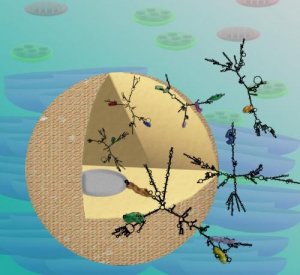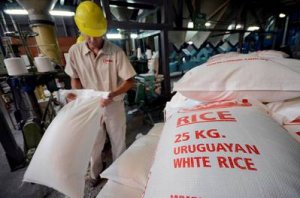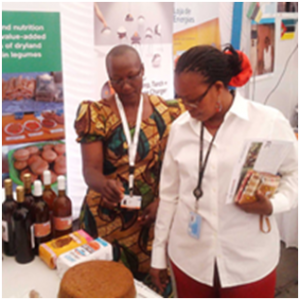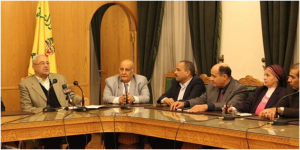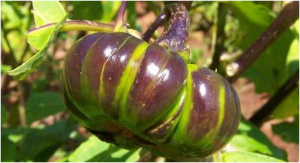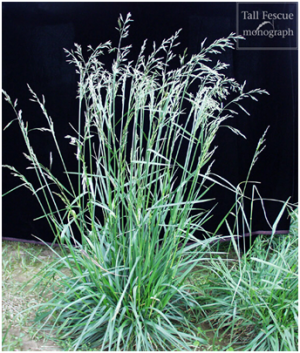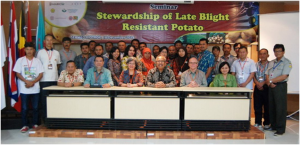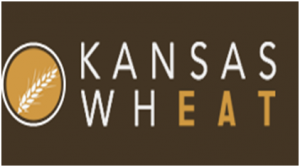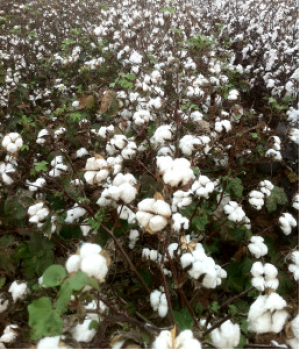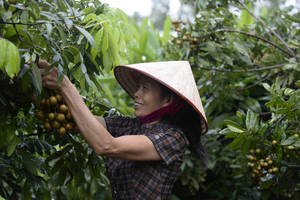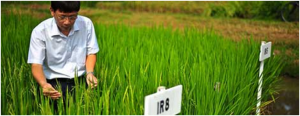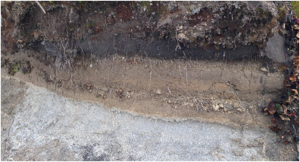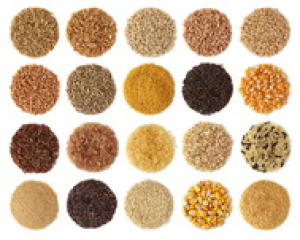|
(1967 – 2017)
50 years building a sustainable food future
In 1967, the majority of poor and hungry people in the tropics were smallholder farmers. Increasing the productivity of their crops was, therefore, the critical entry point for CIAT’s research. Since that time, we have been concerned with nearly every aspect of tropical agriculture: the crop varieties that farmers grow, the production systems they manage, the agricultural landscapes they inhabit, the markets in which they participate, and the policies that influence their options and decisions.
-
CIAT provides cassava, bean, and forage materials stored in its genebank free of charge for research and breeding purposes, now under the terms of the International Treaty on Plant Genetic Resources for Food and Agriculture, which it signed in 2006. Over the years, CIAT has distributed: • 37,390 varieties (441,225 samples) of beans to 105 countries since 1973 • 6,492 varieties (43,458 samples) of cassava to 84 countries since 1979 • 13,692 varieties (90,624 samples) of tropical forages to 110 countries since 1980.
-
Pro-vitamin A-rich cassava, developed by CIAT and the International Institute of Tropical Agriculture (IITA) as a contribution to the World Food Prize-winning HarvestPlus initiative, is helping tackle vitamin A deficiency, especially among women and children in Nigeria, Uganda, and the Democratic Republic of the Congo (DR Congo). Vitamin A deficiency can cause vision loss and blindness, and impair the immune system.
-
CIAT’s collaboration with the Rwanda Agriculture Board (RAB) and HarvestPlus resulted in the release of 10 iron-biofortified bean varieties in 2012. Large efforts have been undertaken to make those varieties available to bean farmers in Rwanda. Our estimates indicate that by 2015 around 350,000 households were growing biofortified bean varieties, and nearly 1.75 million people were able to consume them. These high-iron beans have been shown to reverse iron deficiency and anemia in young women in just four-and-a-half months.
-
The ICTA Petén bean variety, which contains 50% more iron than the conventional varieties, was released in Guatemala in 2010 as part of the first group of biofortified crops in the world. ICTA Petén is still consumed in the country, which has one of the highest rates of chronic malnutrition. Globally, 144 biofortified varieties of beans, maize, cassava, and sweet potato have been released in 27 countries through HarvestPlus.
-
CIAT provided technical assistance and forage grass hybrids for farmers enrolled in Rwanda’s One Cow per Poor Family initiative launched in 2006, which intends to reach 350,000 farmers by 2017. Besides improving meat and milk production, the grasses are also climate friendly: they prevent soil erosion, store carbon in their deep root structure, and inhibit the release of nitrous oxide, a potent greenhouse gas, from the soil.
-
CIAT and partners have developed “quick-cook” beans (as well as precooked bean snacks) to reduce the amount of time and energy households, typically women, spend preparing nutritious meals, freeing up time for other (productive) activities.
-
In late 2015, CIAT deployed, through the Pan-Africa Bean Research Alliance (PABRA), new drought-tolerant white beans to Ethiopia, where erratic weather was threatening bean production and the related industry. These drought-tolerant varieties outperform other commercial varieties by 10 percent. Most commonly used in the production of baked beans, the country’s export market for white beans is worth over US$100 million a year, providing incomes for around 3 million smallholder farmers.
-
Climbing beans – the type that climbs up stakes like a vine, and is up to three times more productive than bush beans – provide a solution to intensify production in places where farm size is small, like Rwanda and eastern DR Congo. A 2001 adoption study of bean varieties released in 1998 suggested that Rwanda and the eastern areas of the DR Congo had 16 and 48%, respectively, of their bean area planted to climbing bean varieties. The study also found that in Rwanda 34% of households were planting improved bean varieties (equally divided between climbing and bush beans). Yield for improved varieties averaged 782 kg/ha compared to 688 for local varieties. In the last decade, Rwanda has transitioned from a net importer to an exporter of beans, with exports valued at US$12–20 million.
-
The adoption of CIAT-improved beans in Rwanda, thanks to their high-yielding traits (between 43 and 82% higher yield compared to local varieties), translated into 90,000 people being lifted out of poverty in 2001, and reduced food insecurity in the country from 29.3 to 13.4%, which means there were 182,400 food-insecure people less that year.
-
Climbing beans – the type that climb up stakes like a vine, and are up to three times more productive than bush beans – are providing an eco-efficient solution for improving nutrition for farming families in densely populated places such as Rwanda, Burundi, and Western Kenya.
-
The cassava variety KU50, released in 1992 in Thailand and in 1995 in Vietnam, has been the most successful variety ever in Asia. It is estimated that 1.3 million hectares of KU50 are planted in Thailand using genetic material facilitated by the CIAT genebank, and that related economic benefits in Thailand and Vietnam reached US$393.5 million between 1992 and 2010.
-
Although KU50 was expected to still be the dominant cassava variety in Vietnam, a recent adoption study using DNA fingerprinting demonstrated that KM140, another variety developed with CIAT material and released in 2013, is now the most planted variety, covering more than 210,000 hectares (38.7% of the total cassava area). KM140 offers superior starch content, early maturity, and wider adaptability, which helps farmers supply the growing cassava processing industry in Vietnam.
-
Long-standing collaborative research on tropical forages in Colombia has resulted in the introduction and promotion of Brachiaria grasses and their evaluation to identify best management practices. Our estimates show that, in 2016, there were 3.05 million hectares sown to Brachiaria in tropical Colombia, almost 35% of the total forage area.
-
CIAT has also played an instrumental role in introducing Brachiaria grasses into other Latin American countries, selecting the cultivars best adapted to specific country conditions, and identifying best agronomic practices. It has been estimated that in Peru, Costa Rica, Honduras, and Nicaragua there are at least 620,000 hectares of pastures planted to Brachiaria bred or selected by CIAT.
-
Currently around 63.5% of the 1.33 million hectares of rice cultivated in the Andean and Central American regions are planted with genetic material from CIAT. Returns to CIAT investments in rice improvement in the last 15 years have been calculated at US$314.4 million.
-
CIAT’s rice research in Colombia and its collaboration with the Colombian Agricultural Institute (ICA, its Spanish acronym) started in 1970 and quickly produced significant impacts. After only 5 years, 27% of the total rice area was already under new CIAT varieties, and the yields doubled from 2.2 to 4.4 tons per hectare.
-
The world’s third largest consumer goods company, Unilever, has adopted CIAT’s LINK Methodology in support of its Sustainable Living Plan. Unilever used LINK for their assessments of value chains for tomatoes in India, tea in Kenya, and soy in Indonesia in 2013 and 2014, and for the development of a guide aimed at helping over 300 global buyers who purchase raw materials to engage in business relationships more inclusive of smallholder farmers.
-
The Borderlands project (2012–2016), carried out by CIAT and Catholic Relief Services (CRS) among coffee growers in Colombia and Ecuador, trained farmers in best agronomic practices, production diversification, negotiation skills, and marketing portfolio. About 1,600 households involved in the project were able to increase their coffee income by an average of 58%. The Governor’s Office of the Nariño Department in southwestern Colombia also invested the equivalent of US$4.5 million to implement strategies suggested by the project to strengthen its coffee value chain. This could potentially impact the entire population of Nariño coffee growers, around 40,000 people.
--------------- ------- --------
See more: http://ciat.cgiar.org/annual-report-2016-2017/ciatrewind/
|
[ Other News ]___________________________________________________
|


 Curently online :
Curently online :
 Total visitors :
Total visitors :
